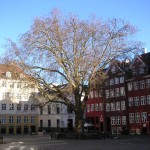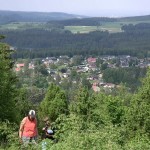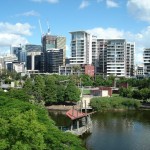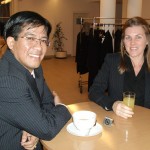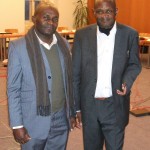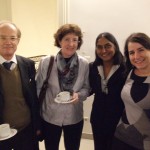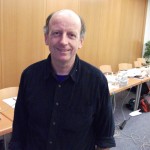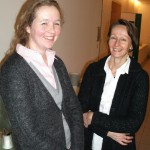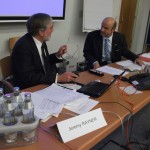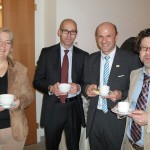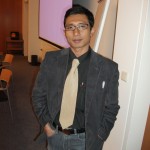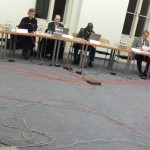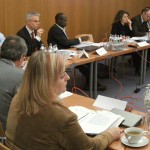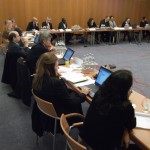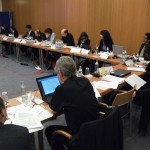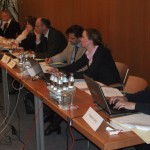Taking Forestry “Uptown”
Forestry is moving out of the country and into the cities.
Español (pdf) Français (pdf) Deutsch (pdf)
“More than half the world’s population now lives in cities and towns and more forests are coming under urban influence. As foresters we’d better make sure we’re prepared to work in urban settings,” says Professor Cecil Konijnendijk of the University of Copenhagen.
Urban forests, in addition to making cities more attractive, promote human health and well-being, sequester carbon, filter pollutants from the air, provide shade, reduce wind and flooding, improve urban microclimates and protect urban drinking water resources.
“Urban forests and trees are part of the solution to some of the big issues of the day,” he says. “Think climate change, where urban vegetation can help cities adapt to higher temperatures, freak weather occurrences and the like; or trees producing food to help ease shortages in some developing countries.
“But,” says Professor Konijnendijk, who will coordinate a session on promoting urban forest partnerships between scientists and communities at the 2010 IUFRO World Forestry Congress in Seoul, “we still lack knowledge about how trees grow in urban settings and what their optimum contributions are or can be in terms of the goods and services they provide.
“We need to find how to protect, design and develop them in a better way. We, as scientists, have to collaborate closely with those who plan and manage our urban forests,” he says.
Bushmeat: Beyond the Ecological Crisis
Español (pdf) Français (pdf) Deutsch (pdf)
(Vienna, 15 February 2010) – Contemporary African societies are a mix of modernized, western society and traditional African roots. Those traditions mean that people – rural and urban – still consume bushmeat for reasons linked to culture, taste and attachment to healthy, natural products.
However, the scale of hunting occurring in Central Africa poses a threat to many tropical forest species. The response to this has typically been legal: ban the trade in bushmeat and criminalize the hunters and consumers.
This, said Nathalie Van Vliet, Bushmeat strategic advisor for TRAFFIC, has not been terribly effective. The trade continues to flourish but in a hidden economy that makes it more difficult to manage or control.
Those in the bushmeat trade who make money out of the commercialisation of rare species for the urban markets need to be strictly controlled. However, those who eat bushmeat for their own nutrition or sell bushmeat to pay for medicines or school fees, should not be presented as criminals,” she says.
Dr. Van Vliet will coordinate a session dealing with the hunting of bushmeat in Central Africa at the 2010 IUFRO World Congress in Seoul.
She hopes her session will reach beyond conservationists to also integrate the input of social, health and economic stakeholders to help develop more integrated bushmeat strategies and policies.
- Photo taken by Casimir Nebesse (2009)
- Photo taken by Kisangani Casimir Nebesse (2009)
- Photo taken by Nathalie van Vliet (2009)
- Photo taken by Nathalie van Vliet (2008)
Full-Service Forests: Food, Pharmaceuticals & Fibre
Translations of this story: Español , Français , Deutsch
Managing for wildlife habitat, soil stability, water, medicinal plants and foods – nuts, berries, and mushrooms – as well as timber resources, are now all part of most forest development plans and goals.
Today’s forest management looks toward sustaining a variety of resources as well as revenue from timber products. That’s at least partly because “a diversity of plant and animal species can improve the ability of a stand to survive under dramatic changes in environmental conditions including climate change,” says Dr. Valerie LeMay, Professor of Forest Biometrics and Measurements at Canada’s University of British Columbia.
It’s a change from the past when forests were managed primarily for timber resources. Today’s forest managers realize that even the structure of a stand – the variation in tree heights, diameters, location and species and the number of dead trees standing or lying in it – is an important aspect of managing for multiple benefits, she said.
Large gaps in a tree stand, for instance, provide light for new tree growth, but also for grasses, herbs, shrubs and other vegetation that often provide food for deer and other wildlife.
The question though, is how best to manage all this? Dr. LeMay and Dr. Peter Newton, Research Scientist at Natural Resources Canada, will coordinate a session that deals with managing and measuring stand structure for a diverse array of forest products at the 2010 IUFRO World Congress in Seoul.
- Photo taken by Felipe Crecente-Campo
- Measuring coarse woody debris and other structural elements below the tree canopy. Photo taken by UBC Forest Biometrics Research Lab
- Photo taken by Valerie Lemay
Expert Panel on International Forest Regime (GFEP)
25 political scientists met in Vienna last week to start drafting the most comprehensive scientific report on the international forest regime. The report will be officially published in January 2011 on the occasion of the 9th session of the United Nations Forum on Forests.
More specifically, the assessment aims to contribute to
- the international forest deliberations and international forest-related processes such as the ninth session of the United Nations Forum on Forests (January 2011), the tenth Conference of the Parties of the Convention on Biological Diversity (October 2010), and the discussion on Reducing Emissions from Deforestation and Forest Degradation (REDD);
- the improvement of coordination among political actors, policy instruments and institutions;
- the International Year of Forests 2011 by raising awareness about the role of international instruments and institutions affecting forests.
PHOTOS FROM THE FIRST MEETING
Boreal and temperate forests: What will happen? What actions should be taken?
Learning Event – Organized by IUFRO and EFI (European Forest Institute) During Forest Day 3 in Copenhagen (UNFCCC-COP15)
Boreal and temperate forests are likely to be particularly affected by climate change because they are generally temperature-limited. With climate change advancing, their role as a major sink for atmospheric carbon is at risk. This session informed participants about this and other key impacts and vulnerabilities and discussed adaptation priorities and implications for forest management. The learning session also explored how lessons from the EU programme Forest Law Enforcement, Governance and Trade (FLEGT) could be used for forest-based climate change mitigation and adaptation.
Forests, Livelihoods & Climate Change
A side event organized during the United Nations Climate Change Conference in Copenhagen (COP15)
This joint event organized by IUFRO, ITTO (International Tropical Timber Organization) and Intercooperation (Swiss Foundation for Development and International Cooperation) will address the ongoing and new activities to promote social, economic and environmental benefits of forests that contribute to sustainable livelihoods in the framework of climate change mitigation, adaptation and ecosystem restoration.
Programme
Introduction
Introduction to the side event (Mr. Alexander Buck, IUFRO Deputy Executive Director)
–
International Tropical Timber Organization (ITTO)
ITTO Thematic Programme on REDDES (Mr. Emmanuel Ze Meka, Executive Director of ITTO)
–
Voluntary Forest Carbon Offset Projects in Japan (Mr. Noriuki Kobayashi, Professor of Nihon University Law School, Japan)
–
Public-Private Partnership to promote REDD+ in Meru Betiri National Park, Indonesia (Ms. Nur Masripatin, Director of FORDA, MoF, Indonesia)
–
Intercooperation
Making REDD Happen in Reality – Experiences from the REDD-FORECA Pilot Project in Madagascar (Ms. Julia Randimbisoa – Climate change focal point in Madagascar)
–
International Union of Forest Research Organizations (IUFRO)
Will Forests Be Able to Stand the Heat? Main results of a global assessment (Mr. Peter Mayer, IUFRO Executive Director)
–
Making African Forests Fit for Climate Change – Key messages to policy and decision makers (Mr. Stephy David Makungwa, Chair of thematic group “Forests and Climate Change” of the Forestry Research Network for Sub-Saharan Africa)
–
IUFRO and FAO: 60 years of collaboration at the XIII World Forestry Congress
The celebration of 60 years of the Memorandum of Understanding (MOU) between the International Union of Forest Research Organizations, IUFRO, and the United Nations’ Food and Agriculture Organization, FAO, took place in conjunction with the XIII World Forestry Congress in Buenos Aires, Argentina.
There has been long history of collaboration between IUFRO and FAO, which started with the signing of the MOU in 1949. FAO started working with International NGO’s shortly after its creation in the mid-1940s and at that time, it was even considered to incorporate IUFRO into FAO in order to formulate research aims more clearly, to avoid duplication of research projects, and to reduce costs.
While this consideration was not put into practice, in 1949 IUFRO worked out an agreement with the Forestry Department of FAO whereby IUFRO retained its independent status, but had a specialized consultative status with FAO. To this day, FAO has observer status on IUFRO’s Board (representation usually is through its Assistant Director General, in 2009, Jan Heino).
FAO and IUFRO are both committed to collaborate in some of the projects and programs with among others, the theme of forest education, forest terminology, and the role of science in national forest programs. Many IUFRO activities have been supported and until now are being assisted by FAO. For instance, IUFRO’s Special Program for Developing Countries (IUFRO-SPDC) was jointly established by IUFRO and FAO in 1983 and has since then served as a mechanism for research capacity development. Through IUFRO-SPDC, IUFRO provides assistance for the long-term development of the capacities of individual scientists and research institutions in developing countries. Together they have focused on the Forestry Research Network for Sub-Saharan Africa (FORNESSA).
During the last years, FAO and IUFRO have actively worked in the frame of the Collaborative Partnership on Forests (CPF). IUFRO as the leading organization of the Global Forest Information Service (GFIS) and the Global Forest Expert Panels (GFEP) highly appreciates the effort of FAO as chair organization of the CPF.
Please leave your comments on this article and to find out more information about IUFRO-FAO collaborations, we encourage you to visit IUFRO’s website.
Forests for the Future: Sustaining Society and the Environment
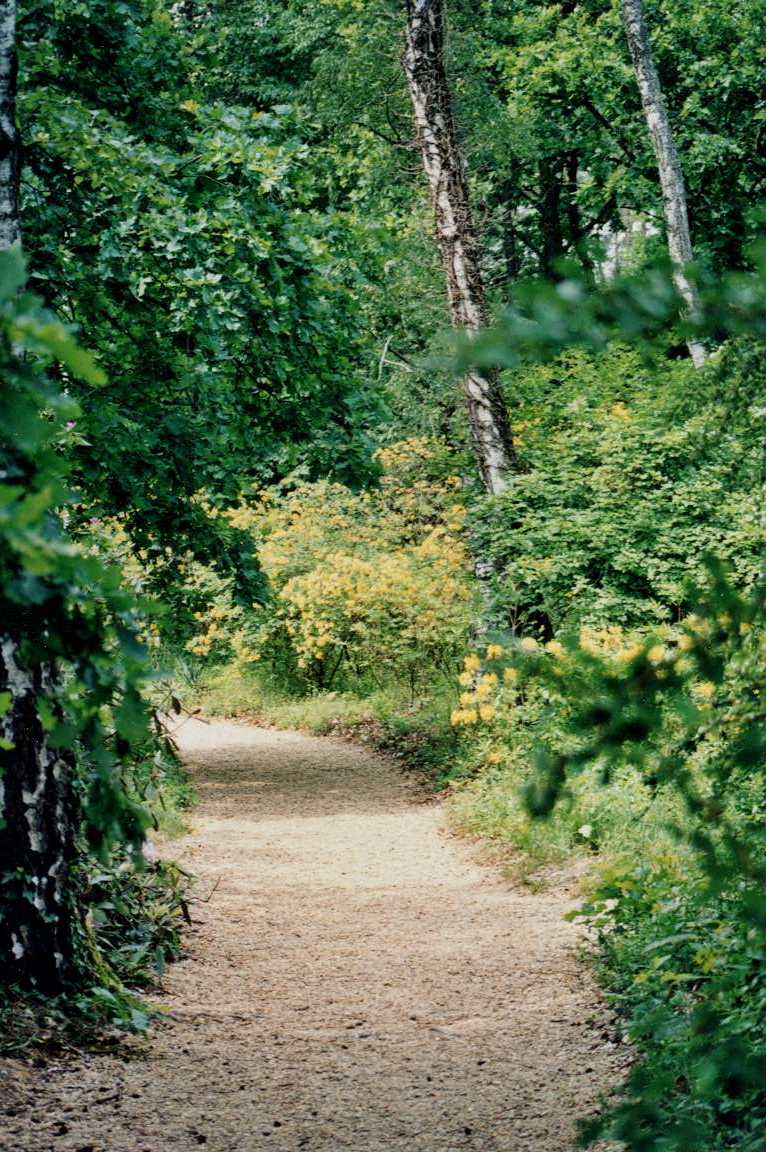 Human well-being is highly dependent on the well-being of the world’s forests. Among many other benefits, forests provide the resource for building materials and renewable energy, take in carbon dioxide and release oxygen. They also protect against erosion and influence local and global climate. Many medicines are derived from forest plants.
Human well-being is highly dependent on the well-being of the world’s forests. Among many other benefits, forests provide the resource for building materials and renewable energy, take in carbon dioxide and release oxygen. They also protect against erosion and influence local and global climate. Many medicines are derived from forest plants.
The XXIII IUFRO World Congress from 23-28 August 2010 in Seoul, Korea, will be a great opportunity for researchers and decision-makers to learn, to share best practices, and to synthesize the newest and most innovative thinking on the forest challenges that affect all of us. Read more…
IUFRO World Congress 2010 – News Stories
As part of the Congress promotional activities, IUFRO will produce a series of pre-Congress releases that will highlight areas of each of the nine themes to be addressed during the Congress.
- Forests and Climate Change
- Biodiversity Conservation and Sustainable Use of Forest Resource
- Forest Environmental Services
- Asia’s Forests for the Future
- Forest Products and Production Processes for a Greener Future
- Emerging Technologies in the Forest Sector
- Frontiers in Forest and Tree Health
- Forests, Communities and Cultures
- Forests, Human Health and Environmental Security
The first IUFRO World Congress already took place over a hundred years ago in Germany. Since then it has been bringing together scientists and stakeholders to discuss priority areas of forest research, policy and management. The Congress is held at 5-year intervals, and in August 2010 will be in Seoul, the Republic of Korea.

